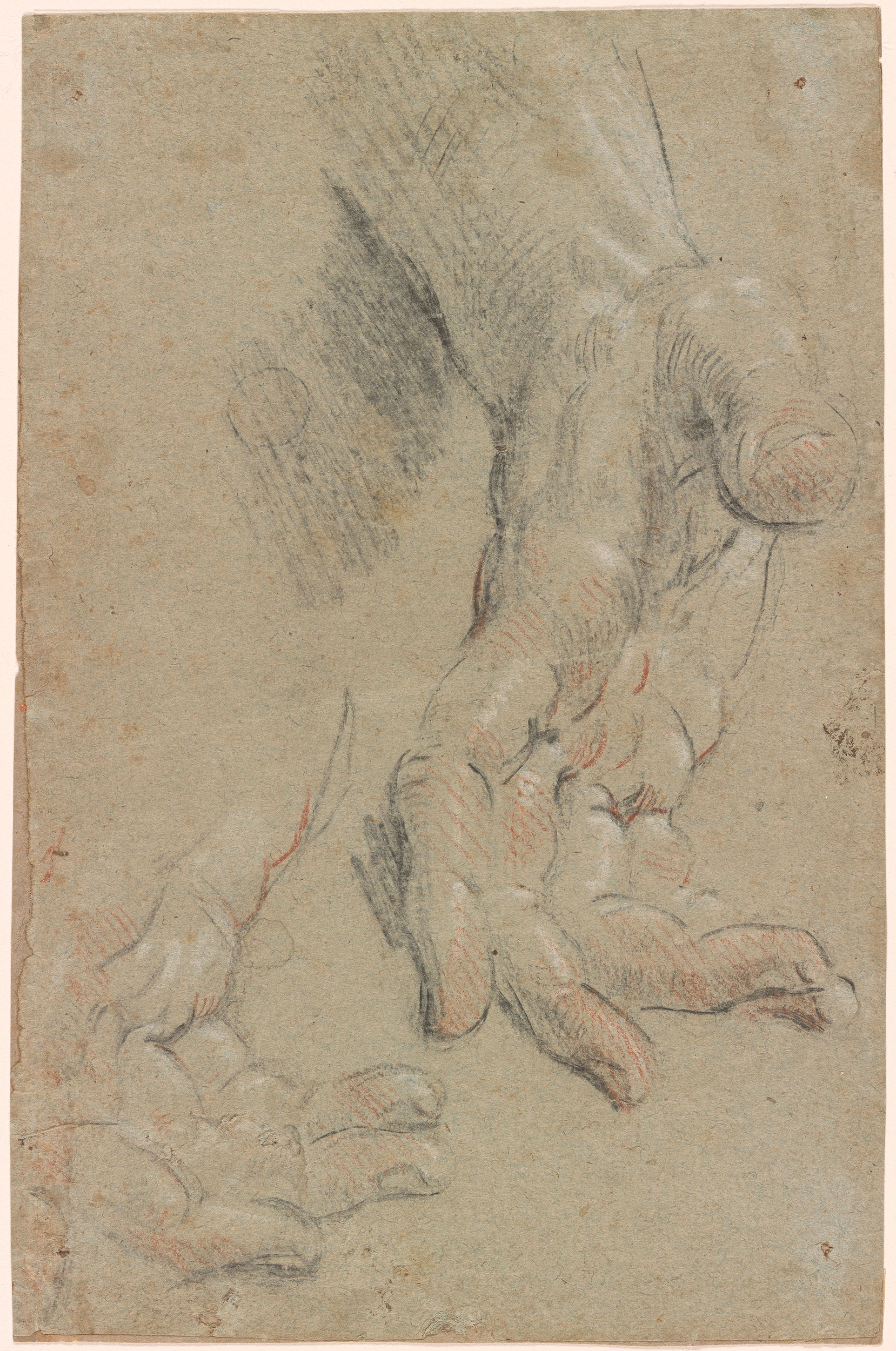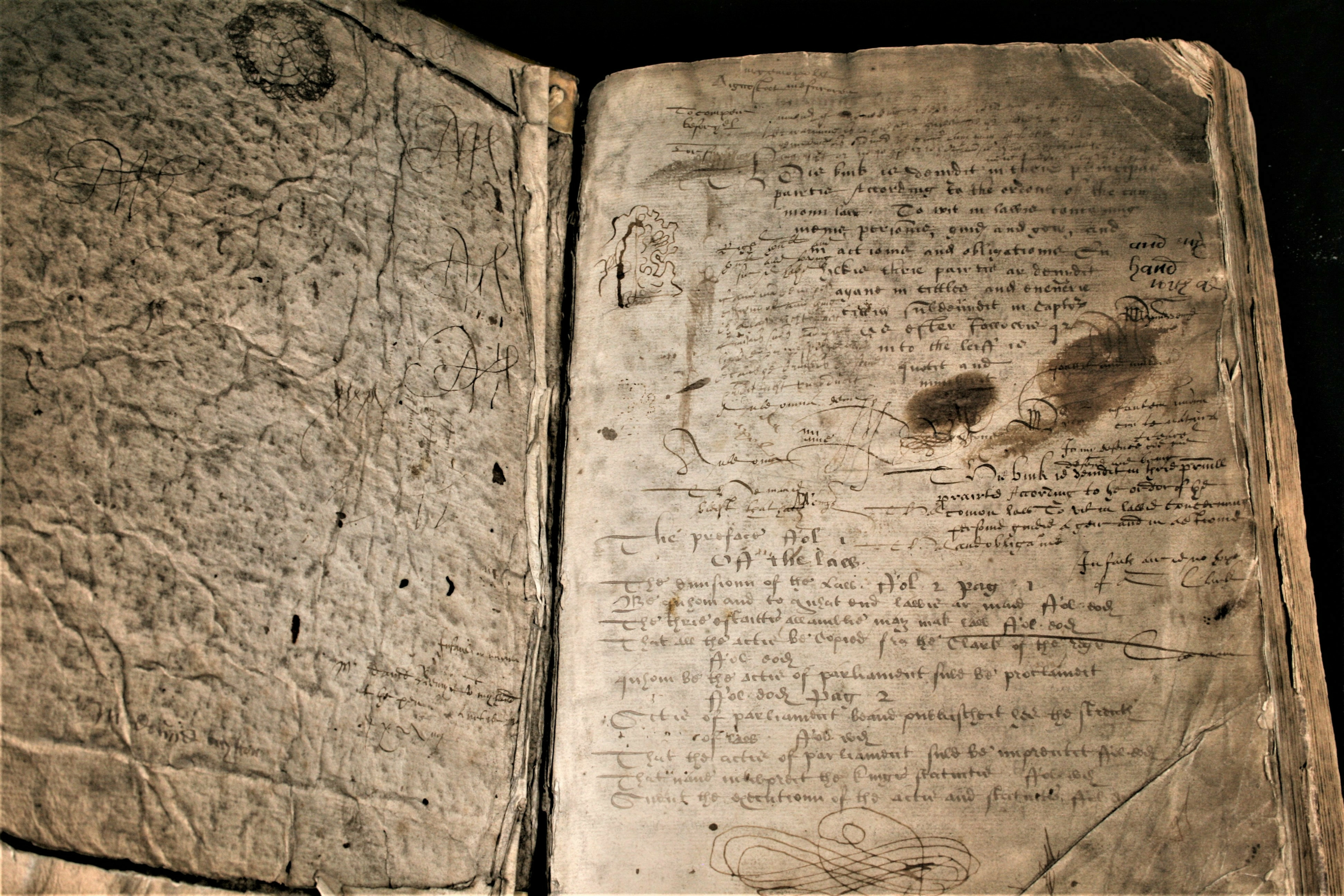

Yale University published the manuscript online in its entirety-225 pages-in their digital collections library. The mystery of its meaning and origin has excited the popular imagination, making it the subject of study and speculation. The manuscript has never been demonstrably deciphered, and none of the many hypotheses proposed over the last hundred years have been independently verified.
#OLD MANUSCRIPTS PROFESSIONAL#
The Voynich manuscript has been studied by many professional and amateur cryptographers, including American and British codebreakers from both World War I and World War II. Since 1969, it has been held in Yale University's Beinecke Rare Book and Manuscript Library. The manuscript is named after Wilfrid Voynich, a Polish-Lithuanian book dealer who purchased it in 1912. Most of the pages have fantastical illustrations or diagrams, some crudely coloured, with sections of the manuscript showing people, fictitious plants, astrological symbols, etc. Some pages are foldable sheets of varying size. The manuscript currently consists of around 240 pages, but there is evidence that additional pages are missing. Various hypotheses have been suggested, including that it is an otherwise unrecorded script for a natural language or constructed language an unread code, cypher, or other form of cryptography or simply a meaningless hoax. The origins, authorship, and purpose of the manuscript are debated.

The vellum on which it is written has been carbon-dated to the early 15th century (1404–1438), and stylistic analysis indicates it may have been composed in Italy during the Italian Renaissance.

The Voynich manuscript is an illustrated codex hand-written in an otherwise unknown writing system, referred to as 'Voynichese'. ? Rudolf II, Holy Roman Emperor → Jakub of Tepenec → Georg Baresch Athanasius Kircher (copies) → Jan Marek Marci (Joannes Marcus Marci) → rector of Charles University in Prague → Athanasius Kircher → Pieter Jan Beckx → Wilfrid Voynich → Ethel Voynich → Anne Nill → Hans Peter Kraus → Yale Įarliest information about the existence comes from a letter that was found inside the covers of the manuscript, and it was written in either 1665 or 1666Ĭryptography case which has not been solved or deciphered Two manuscript copies which Baresch sent twice to Kircher in Rome

Herbal, astronomical, balneological, cosmological and pharmaceutical sections + section with recipesĬolor ink, a bit crude, was used for painting the figures, probably later than the time of creation of the text and the outlines themselves Very small number of words found in Latin script 20 quires is the smallest estimated number, and it contains > 170,000 characters) diagrams or markings for certain parts related to illustrations Ģ40 out of 272 pages found (≈ 88%) The rest of the manuscript appears in the form of graphics i.e. One column in the page body, with slightly indented right margin and with paragraph divisions, and often with stars in the left margin Possibly natural or constructed language Ī very small number of words were found in Latin and High German Unknown, parchment dated to early 15th century


 0 kommentar(er)
0 kommentar(er)
